Dordogne is the old name of the province of Périgord. This region is divided into 4 territories whose history stretches from prehistory where the first men lived in the caves of Lascaux, to the present day, including the clashes between French and English during the 100 Years’ War and the manor houses surrounded French-style gardens.
We therefore distinguish:
The Périgord Noir, the most touristy, in the South-East
The Périgord Vert in the north of the Dordogne
The Périgord Blanc with Périgueux in the center
The Périgord Pourpre with the town of Bergerac and its surrounding vineyards in the South-West.
The region is home to many natural geological curiosities including the Padirac chasm, the most famous and most visited underground site with 480,000 visitors per year.
The Padirac chasm
Not far from Rocamadour and Périgord Noir, the Padirac chasm is the first underground natural heritage site in France. It was therefore natural to include it in the program of the European Heritage Days, “The Art of Sharing” on September 16 and 17, 2023.
Explored in 1889 by Edouard Alfred Martel, the Padirac chasm is 103 meters deep. It is the entrance to a natural cavity, with a dimension of almost 35 meters in diameter. The underground river at the bottom of the chasm runs part of a large network of more than 55 kilometers in the heart of the limestone plateau of the Causses du Quercy.
With more than 2,000 years of existence, the chasm was inhabited in the 14th century. Saltpeter was then harvested there before the exploration of the river in the 19th century by Alfred Edouard Martel.
You can access the pier by elevator or by walking down a 568-step staircase, after wandering through the galleries. The well is a huge, vertical and dizzying door that invites visitors into the underground world full of surprises, mysteries and discoveries.
This is the opportunity to discover a whole architecture, starting with the Grande Pendeloque, a giant stalactite (falling calcite concretion which forms on the ceilings of caves and underground, by the slow and continuous fall of limestone water) of 60 meters from above. She seems to admire the surface of “Rain Lake.
Once docked, you must continue on foot towards the “Salle du Grand Dôme” whose vault reaches 94 meters high. It presents a multitude of concretions and calcite waterfalls shaped by nature over millions of years.
Legends linked to the Padirac chasm
The Legend of St Martin
There are many legends about the Gouffre de Padirac, the main subject is Lucifer just like in those of Quercy.
“Thousands of years ago, St Martin wandered on the Causse. It was not to admire the beauty and spirituality of the place, nor to collect mushrooms or smell the scent of a daisy, but to save souls tears of the peasants of the time. As he bends down to pick a poppy, he comes face to face with the smelly feet of Lucifer. Immediately, he stands up and the Devil gives him one of his most Machiavellian and filthy smiles and makes him a bet.
If St Martin wants to save the souls harvested by Lucifer who is preparing to lead them straight to hell, he will have to overcome the obstacle imposed by his adversary. Taking his courage in both hands, and thinking of the good meal that awaited him at home (foie gras, Quercy walnuts, etc.), St Martin accepts. Lucifer then strikes with his heel and digs the Chasm of Padirac, unable to swear “Miladou”. The St Martin mule did not fly but admired the unicorns. After gaining momentum and taking a deep breath, she crossed the abyss in a single leap before landing on the other side without chipping her varnish but marking the rock with her hooves. Lucifer, mad with rage, then plunges to the bottom of the abyss before disappearing forever (However, it happens that he reappears in other legends and sometimes even 2 at a time).
If in doubt, you can go and check for yourself if you come across the hoof prints of the St Martin mule.
The Legend of the Cursed Treasure
There is another legend linked to the 100 Years War. The Gouffre is said to have housed a cursed war chest, buried by the English at the end of the conflict.
When the site was discovered, the discoverer of the underground galleries Edouard-Alfred Martel bought the land around the site but the owners demanded that he insert into the contract a clause which would guarantee them part of the loot, if he came to find it.
Although the age of the sinkhole is uncertain, it can be said to have existed for several hundred thousand years. Over time, excavations have revealed the existence of kitchen debris, broken vases and iron weapons dating back to around the 14th century, marking the presence of inhabitants of the village of Padirac, who took refuge in the cave to flee the English soldiers who razed the village during the 100 Years’ War.
Today, there are still many unexplored corners that hold many surprises.
A special vintage for the 130th anniversary of Gouffre
In 2019, the Gouffre de Padirac celebrated 130 years of its discovery. To celebrate the event, he teamed up with Clos Triguedina to design his first “Cuvée des 130 ans” by burying bottles of Probus 2016 103 meters underground. During the deconfinement in summer 2021, the vintage met with enormous success and the Gouffre de Padirac decided to perpetuate the wine experience.
On September 24, 600 bottles and 24 magnums of Probus 2017 were buried at the foot of the Grand Dôme room in the same exceptional conditions: 13° (temperature of the Gouffre) and 98% constant humidity.
On June 24, 2022, the limited series of high-end wine returned to the surface to the great delight of wine lovers.
On June 2, 2023, 1,200 numbered bottles of Probus 2018 were brought to the surface after 1 year of refining underground. They were put on sale at the Gouffre delicatessen.
Copyright©2023 IMPACT EUROPEAN. All rights reserved.
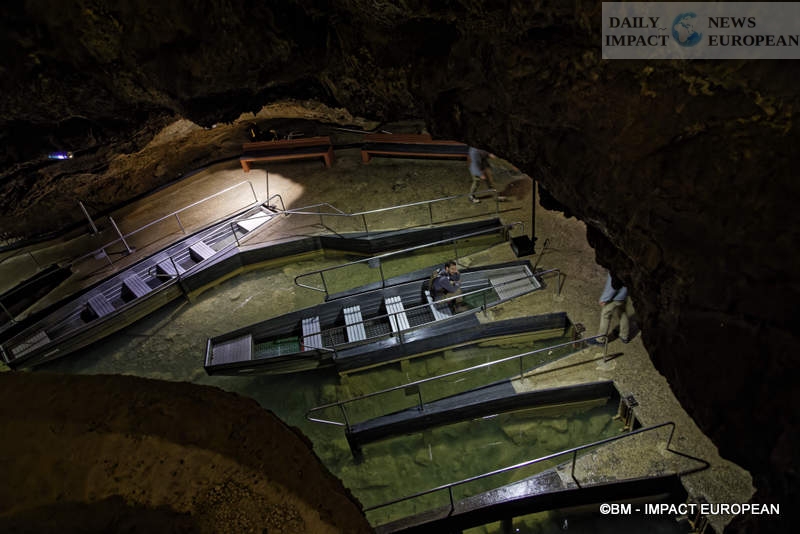
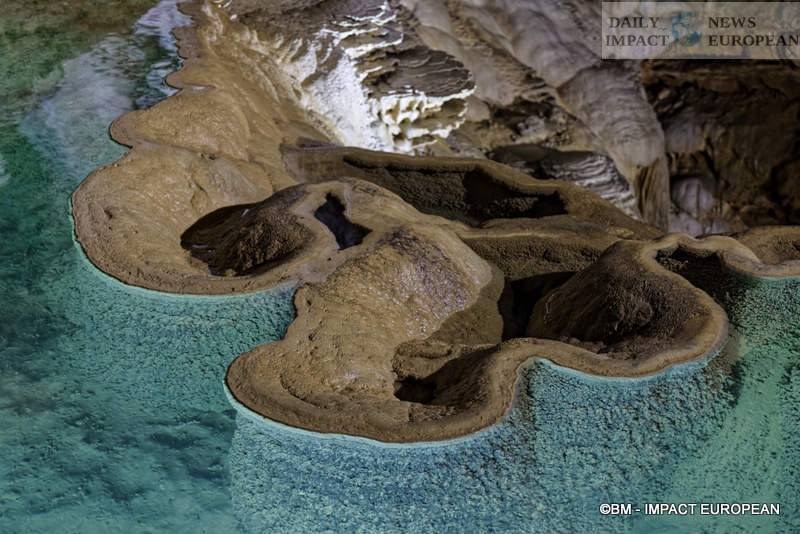
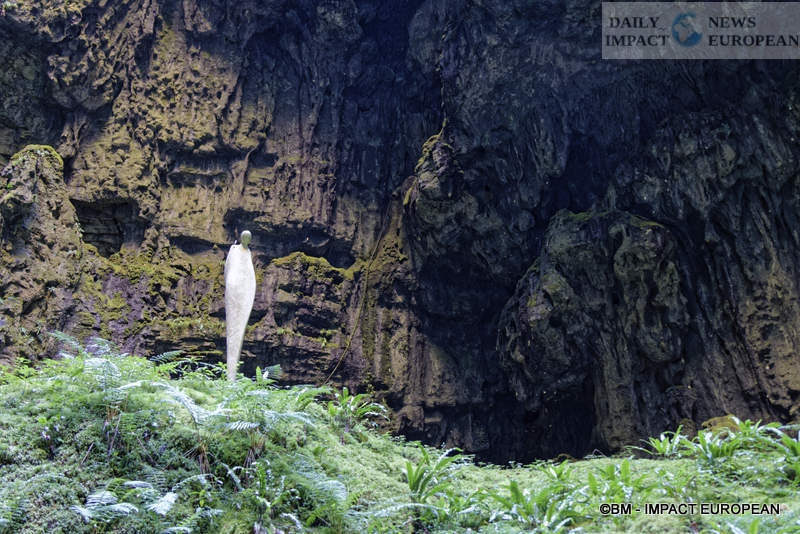
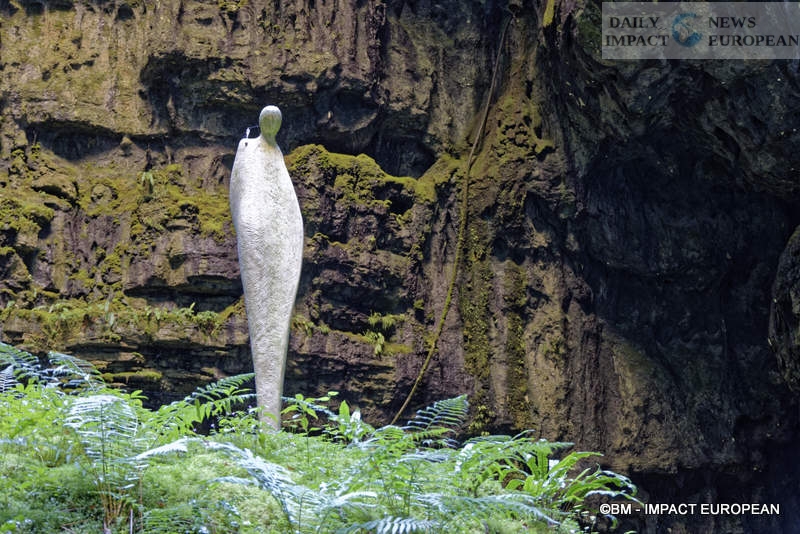
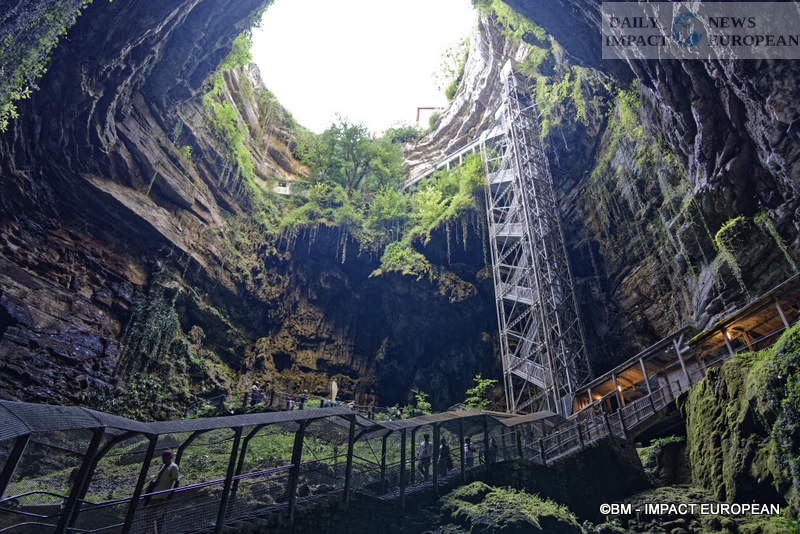
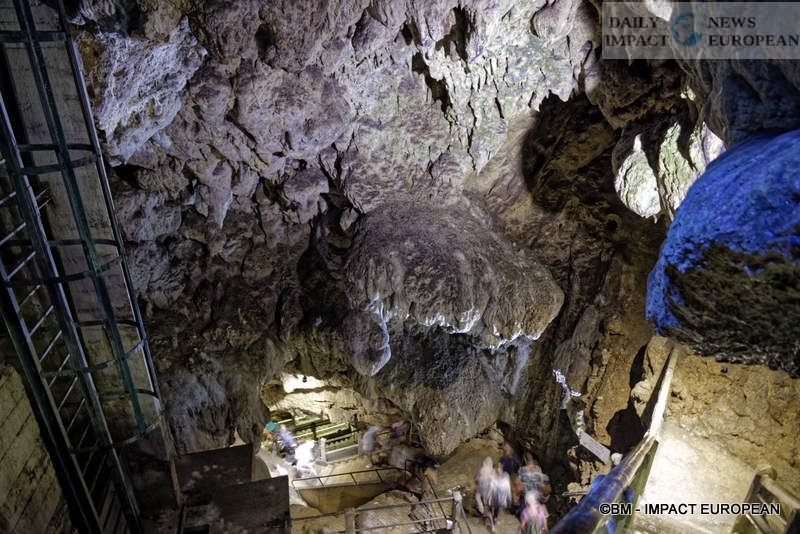
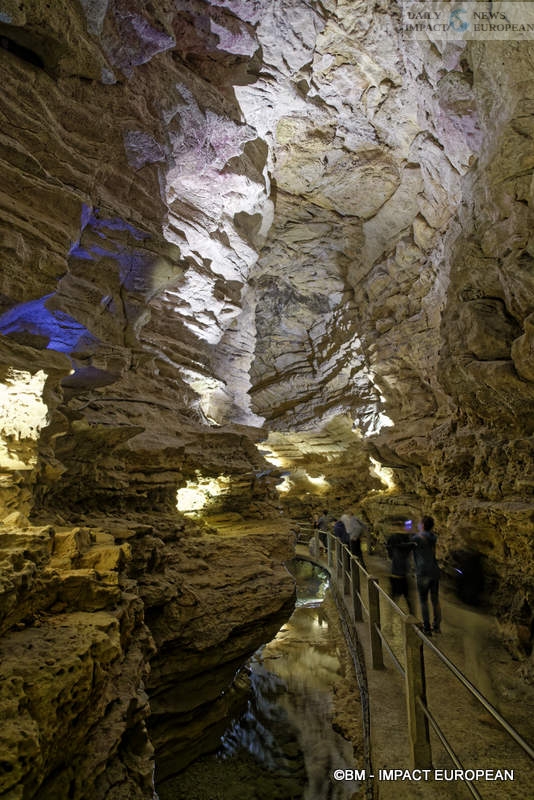
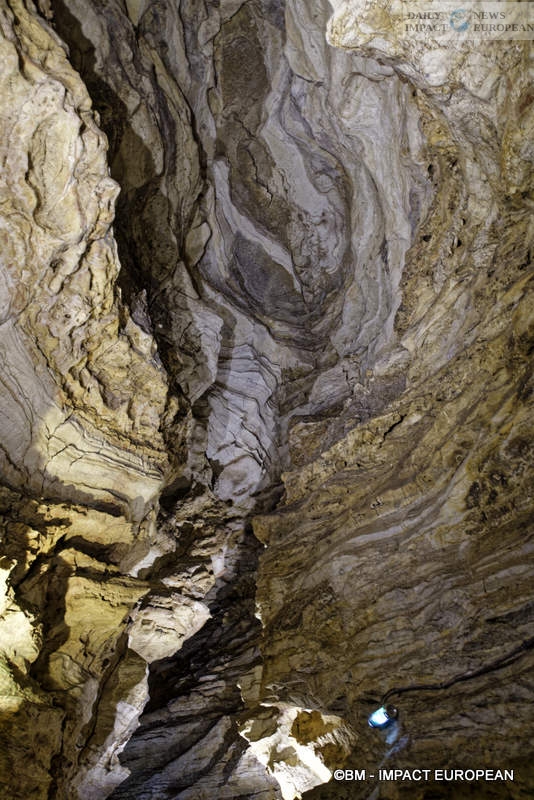
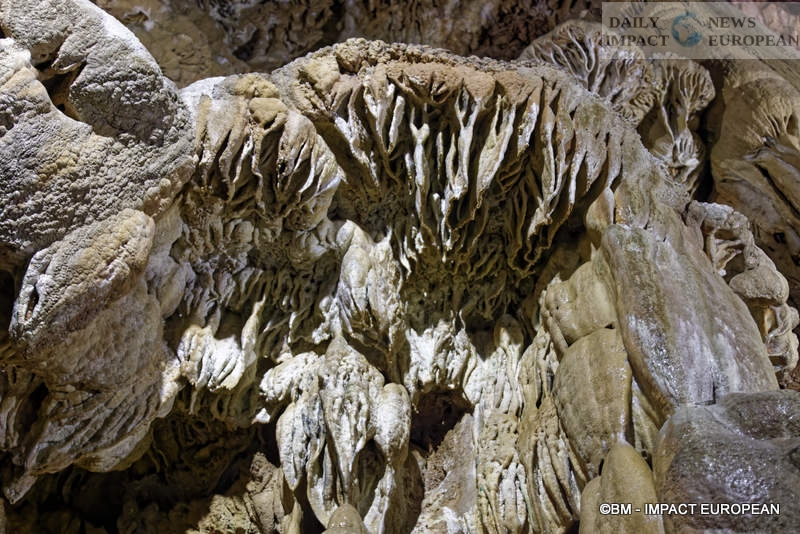
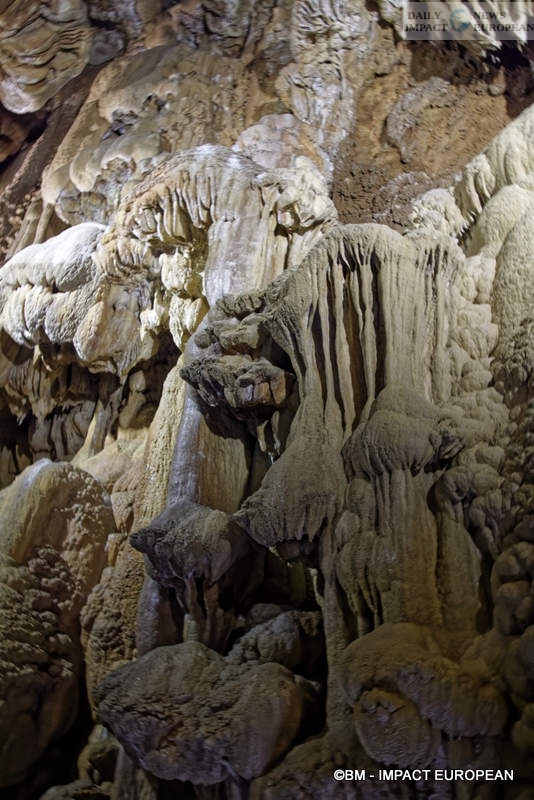

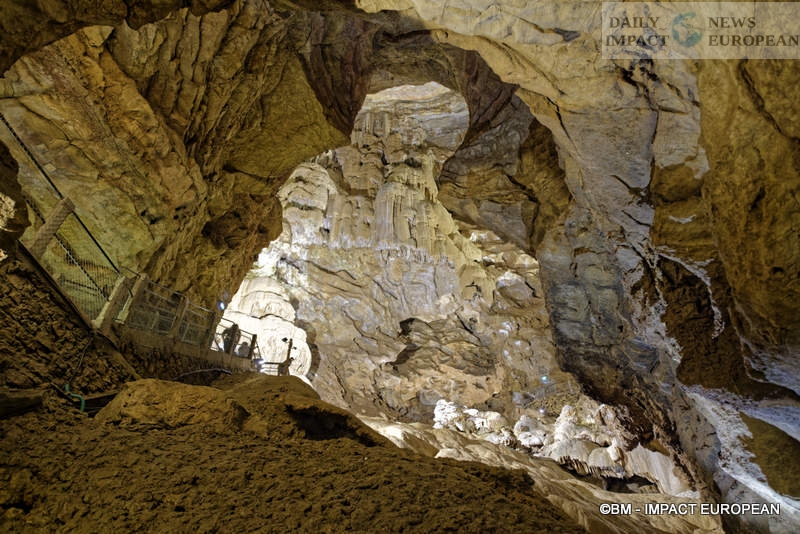
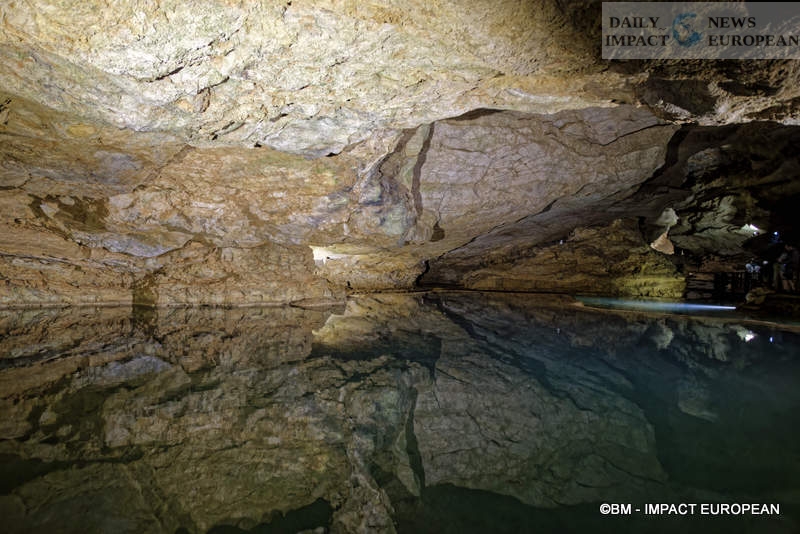
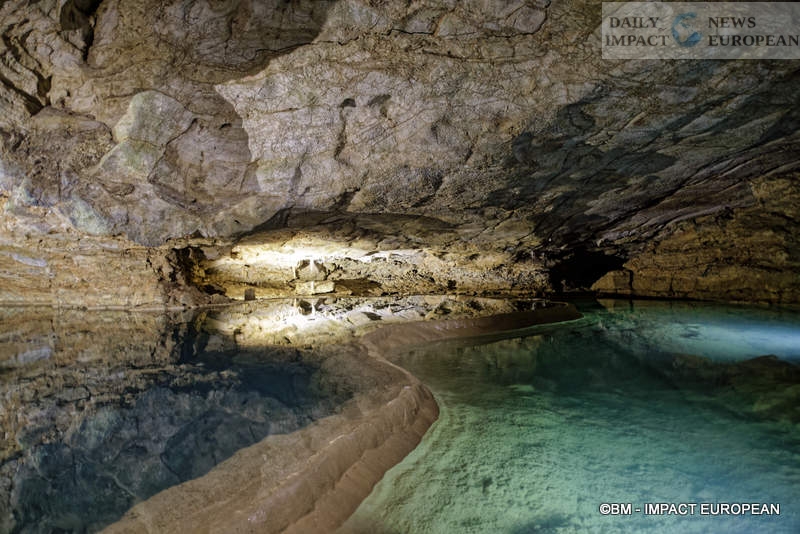
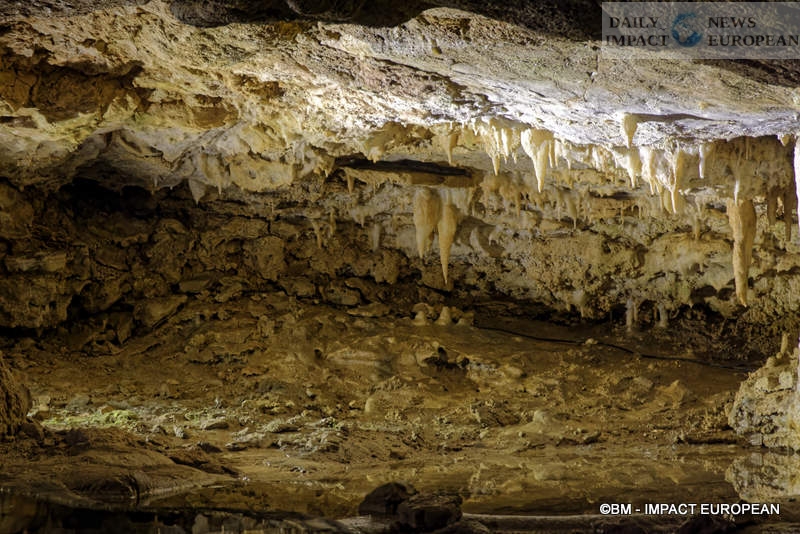
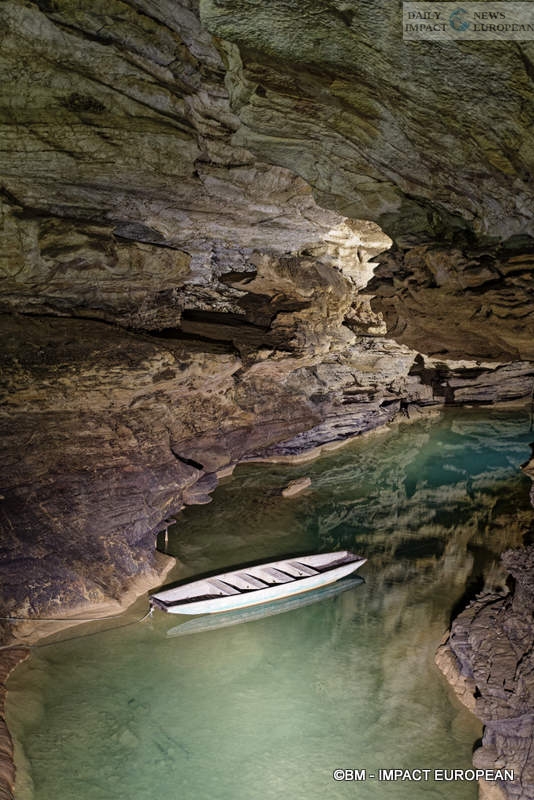
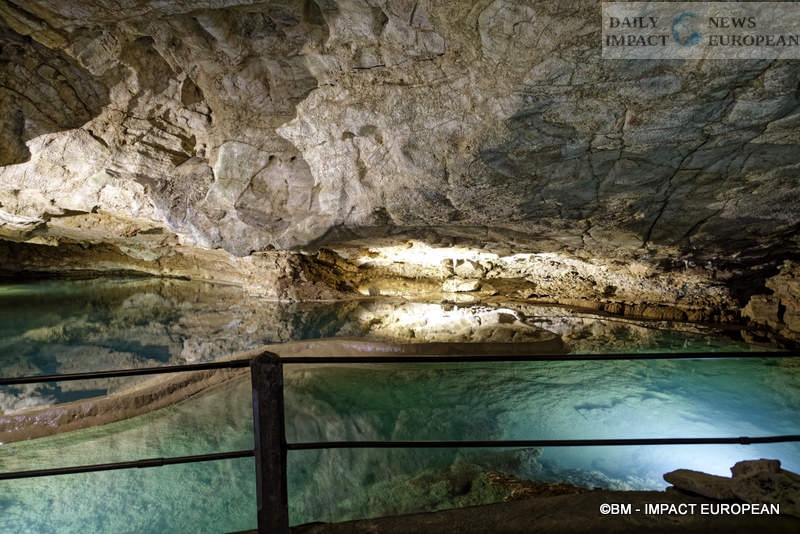
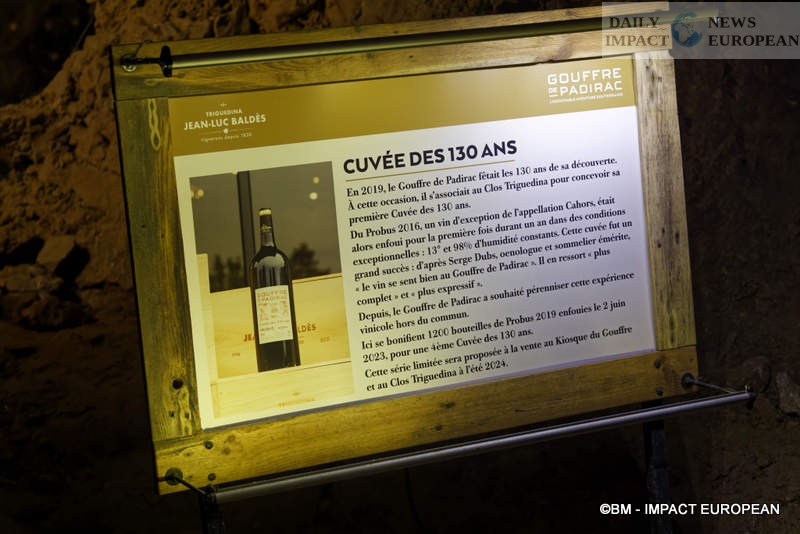
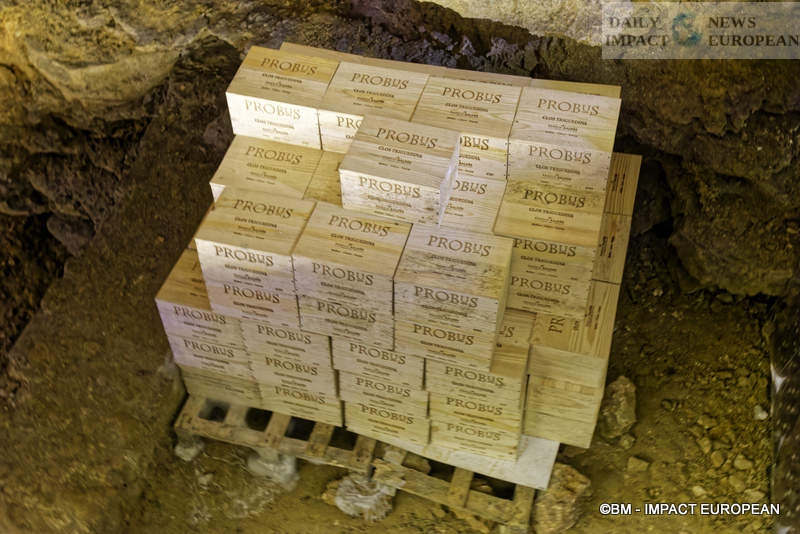
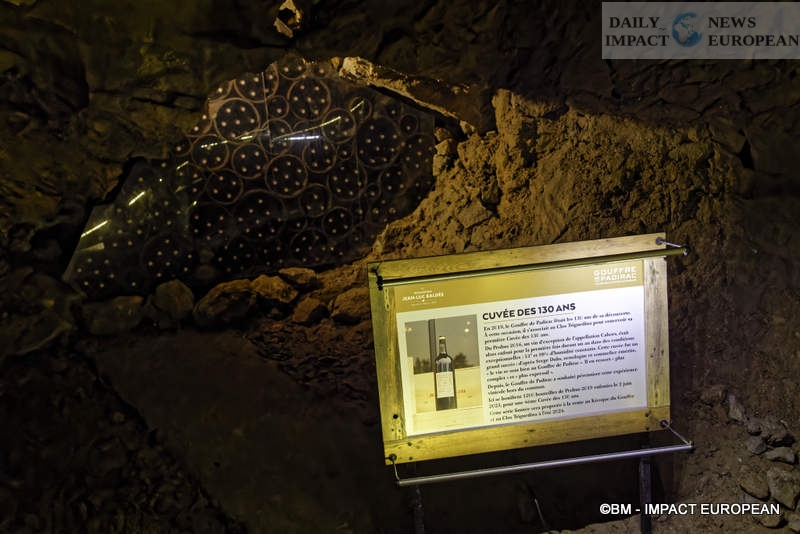
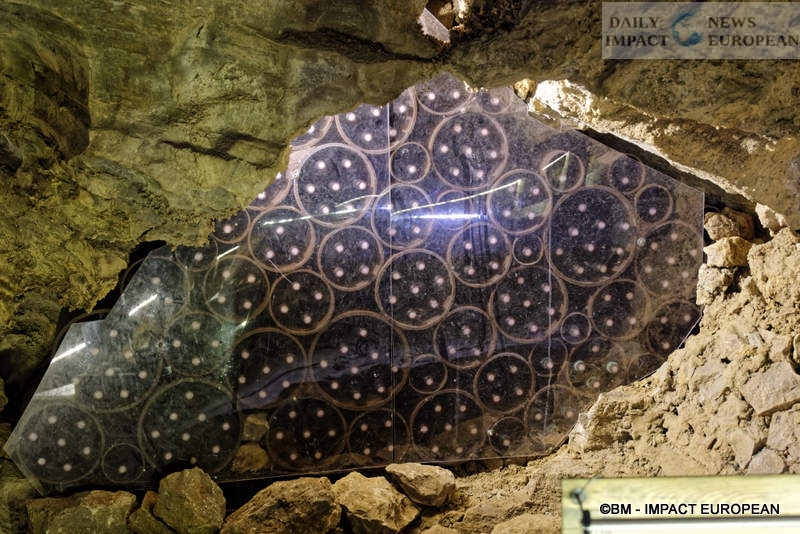
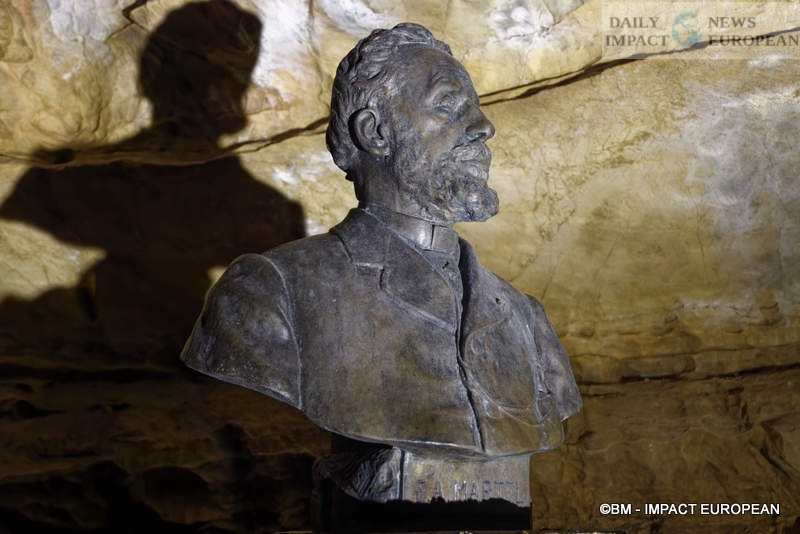
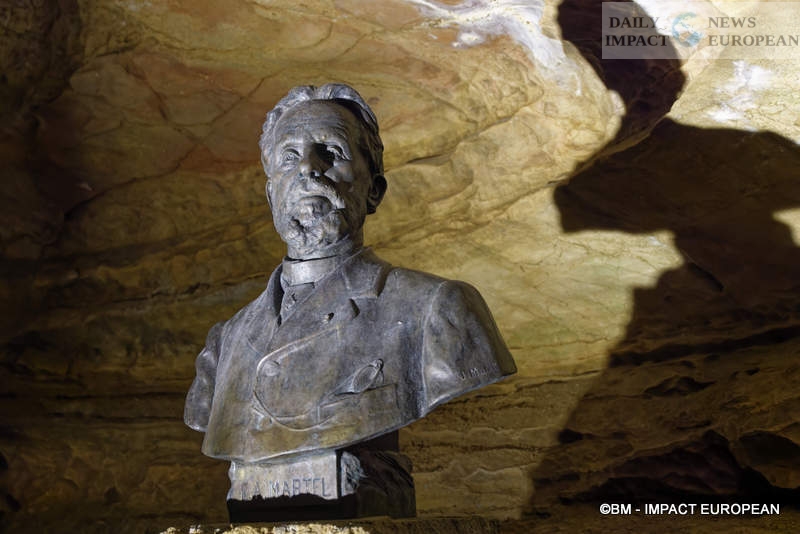
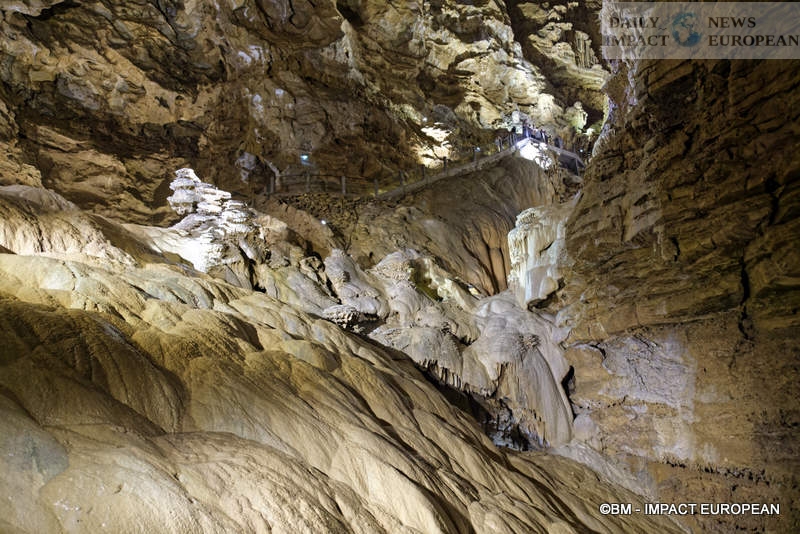
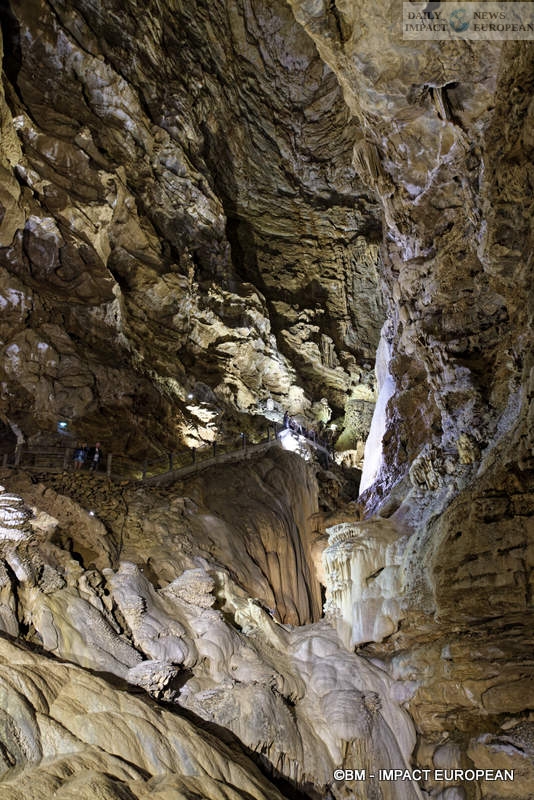
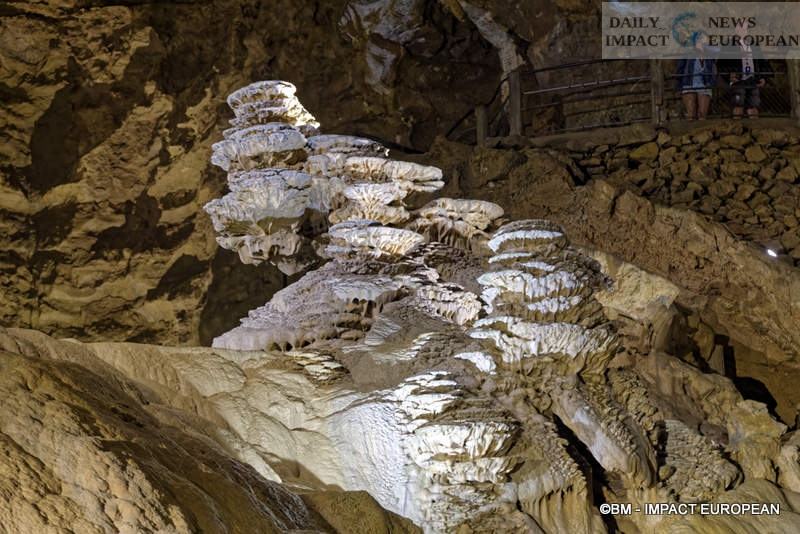
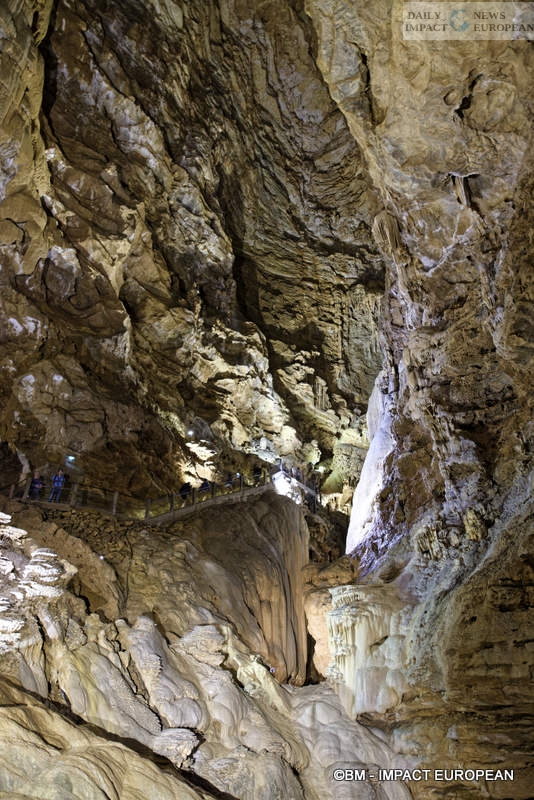

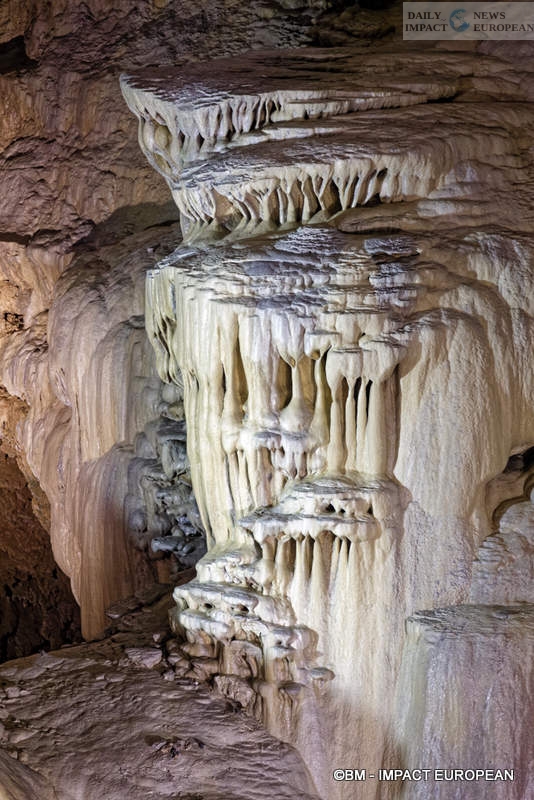
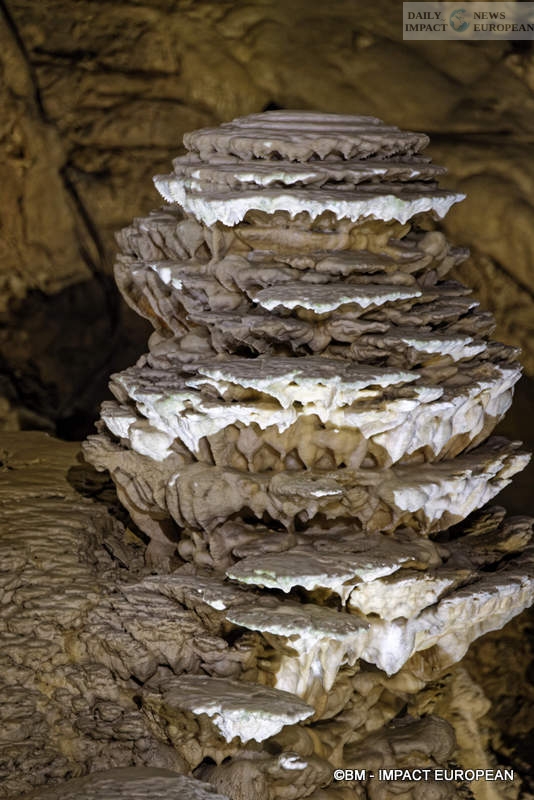
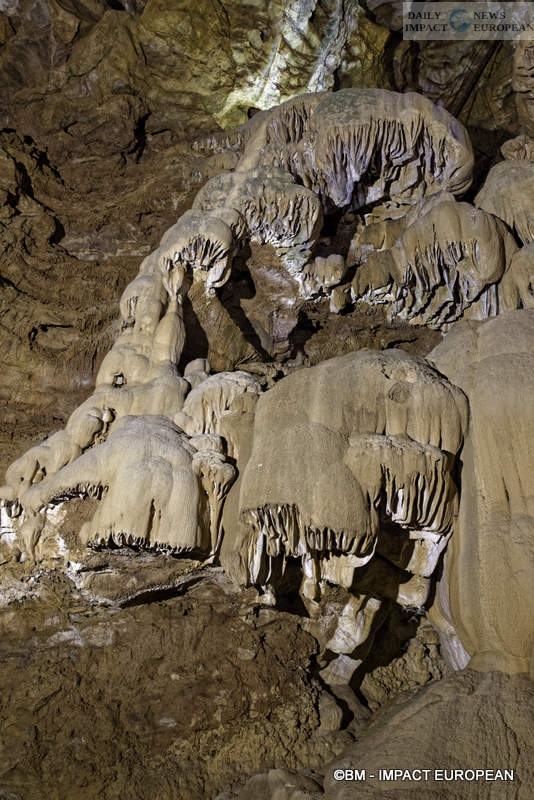
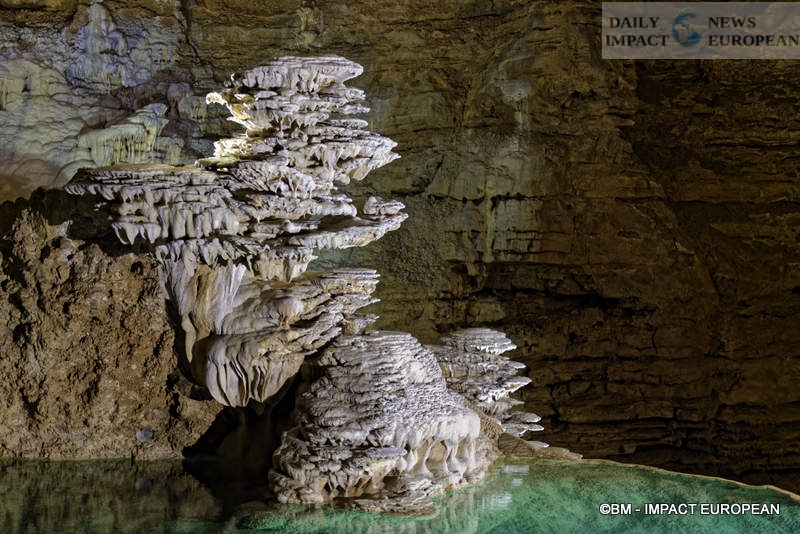
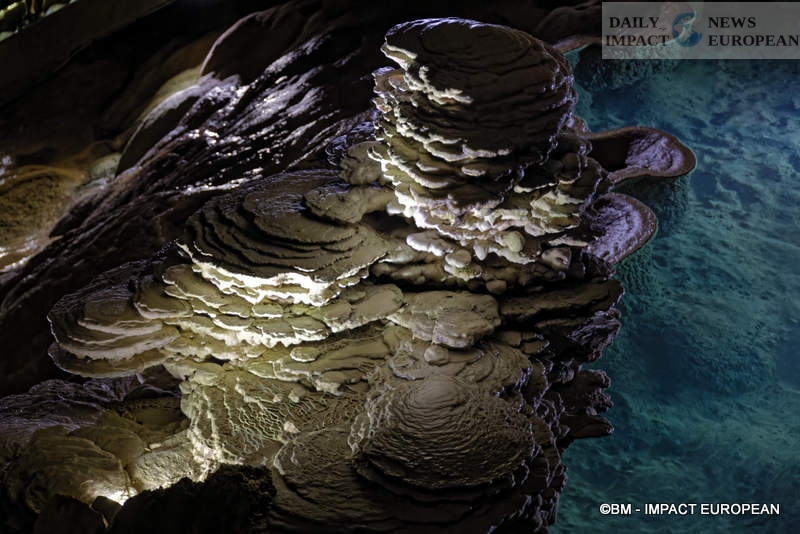
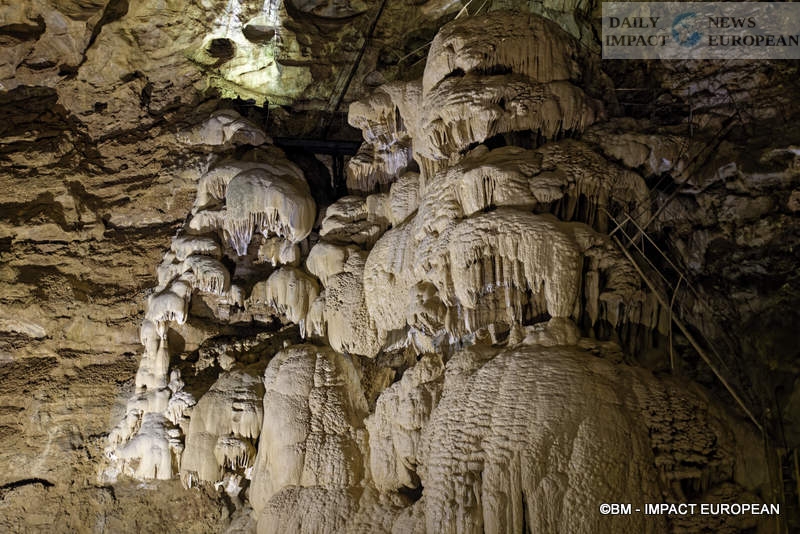
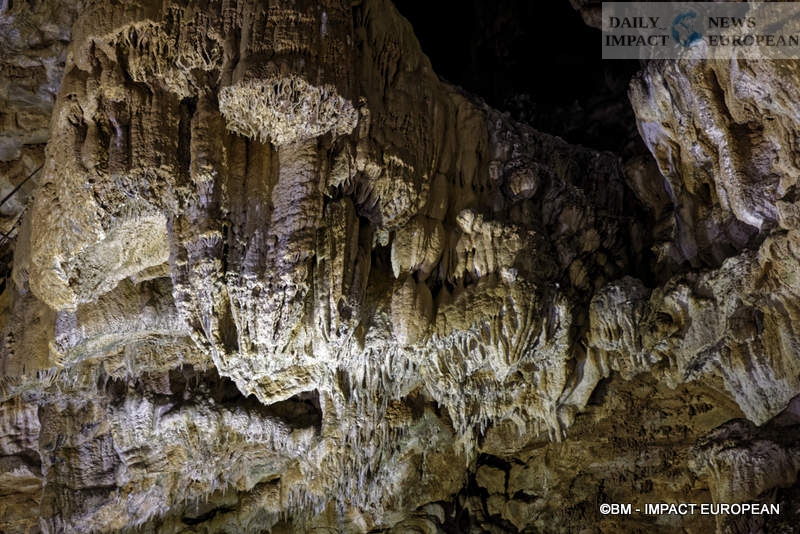
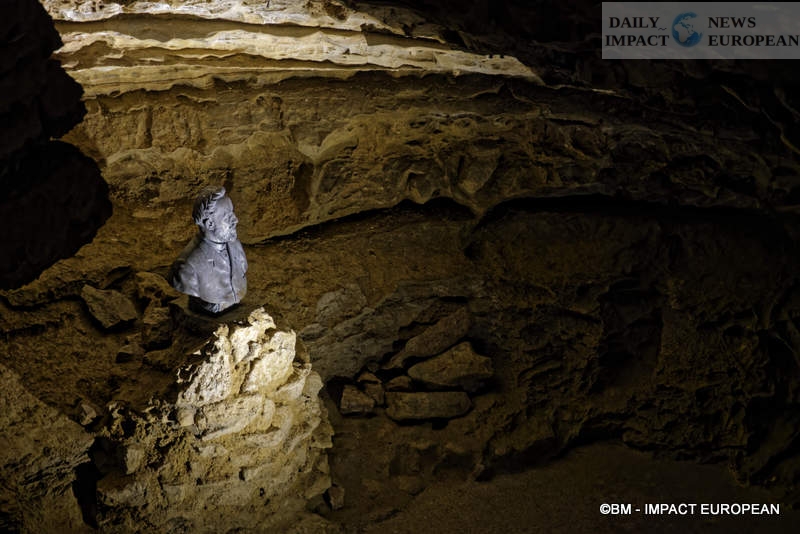
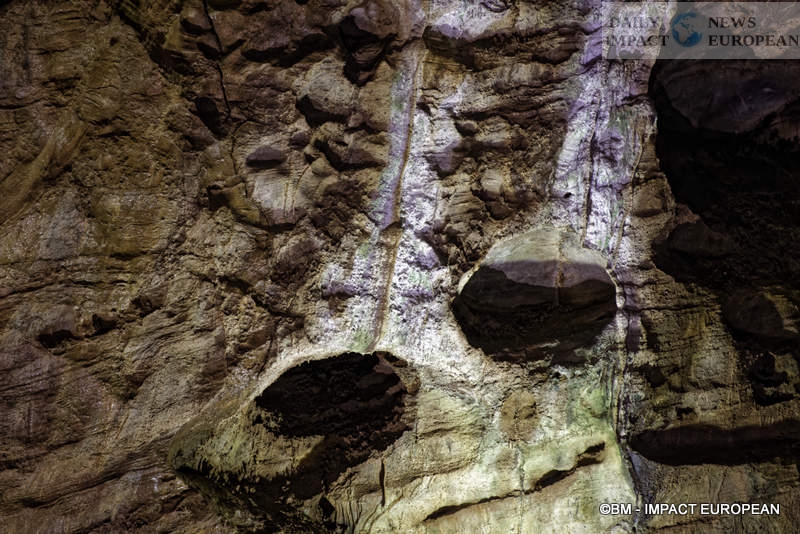
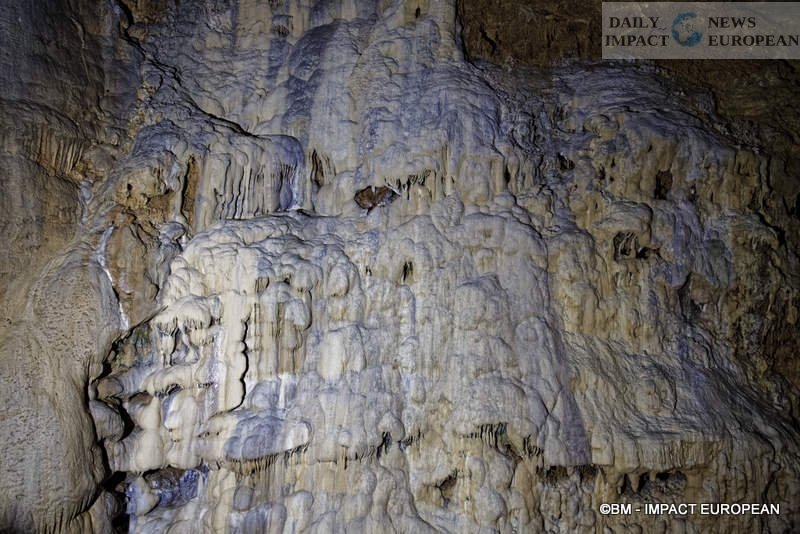
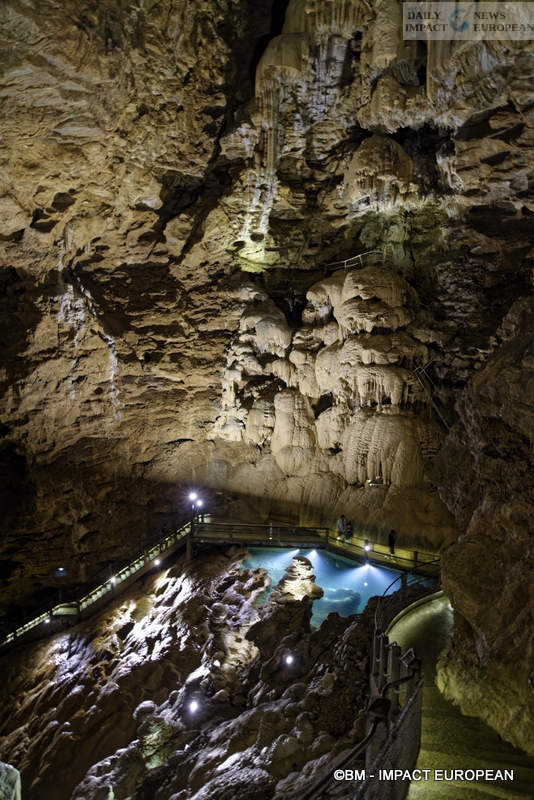
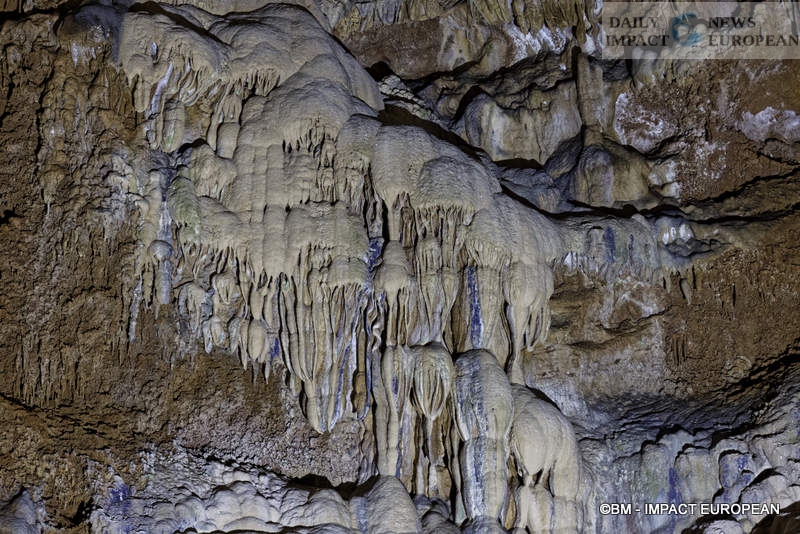
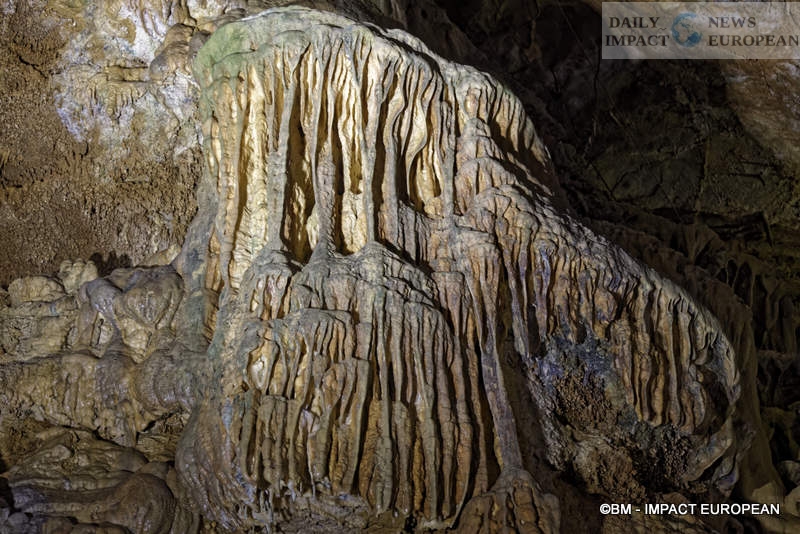
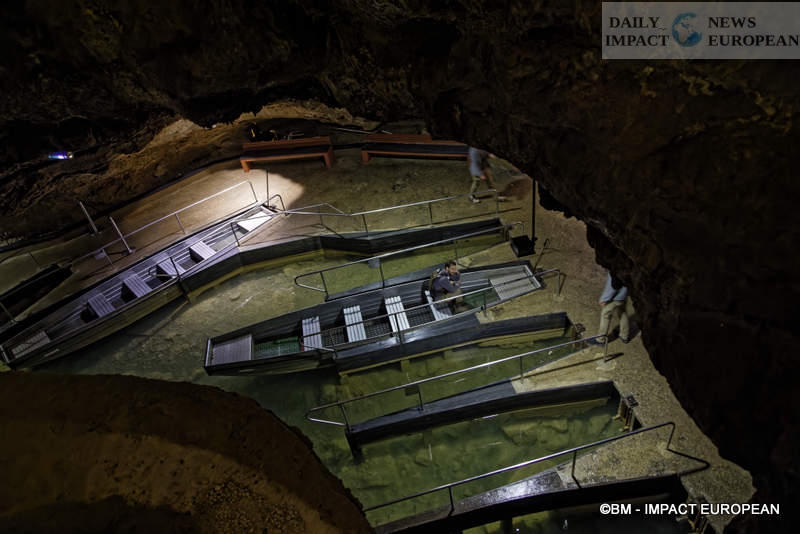
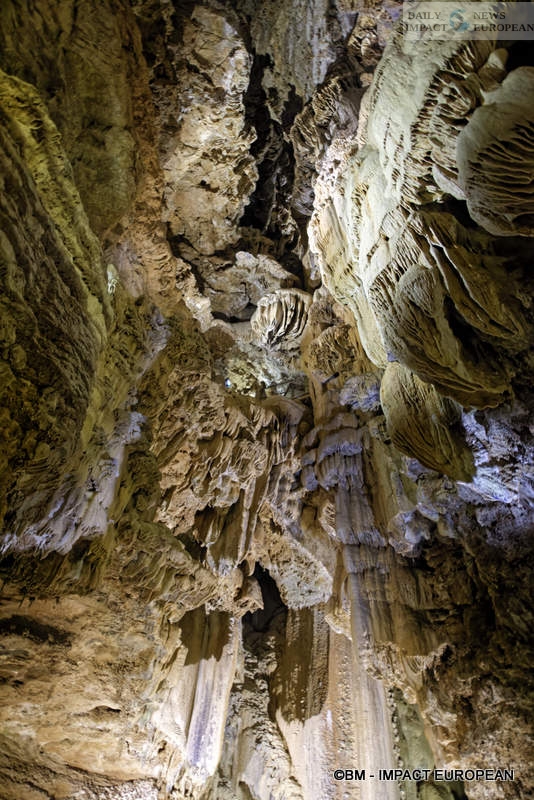
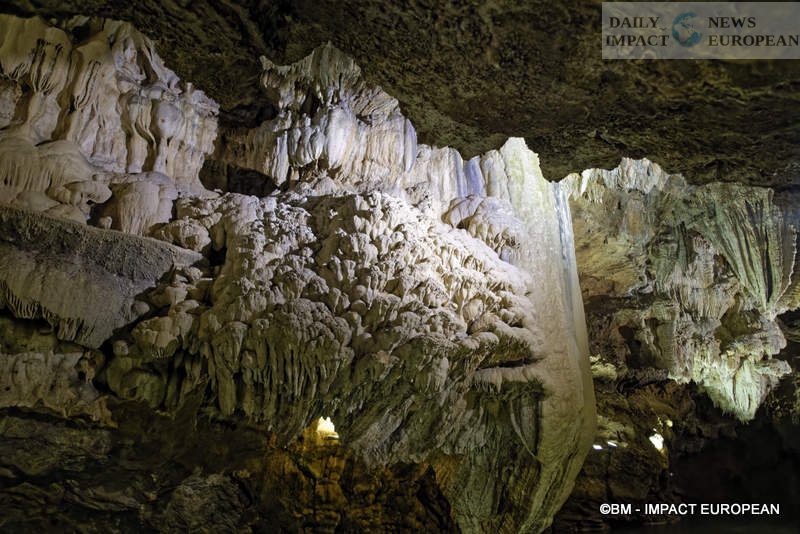
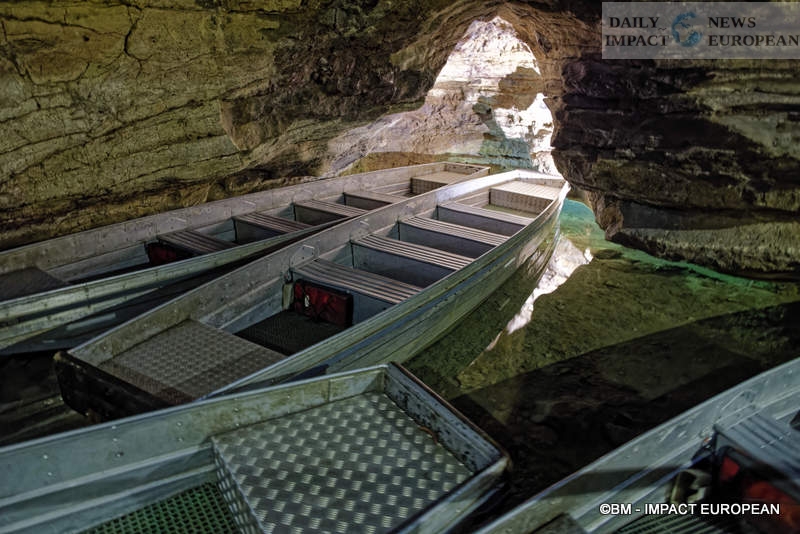
More Stories
Meeting between French and Israeli counterparts Emmanuel Macron and Isaac Herzog at the Élysée
“Dansong” at the Avignon Off Festival 2024
Olympic Flame at the Jardin du Musée Mac Val